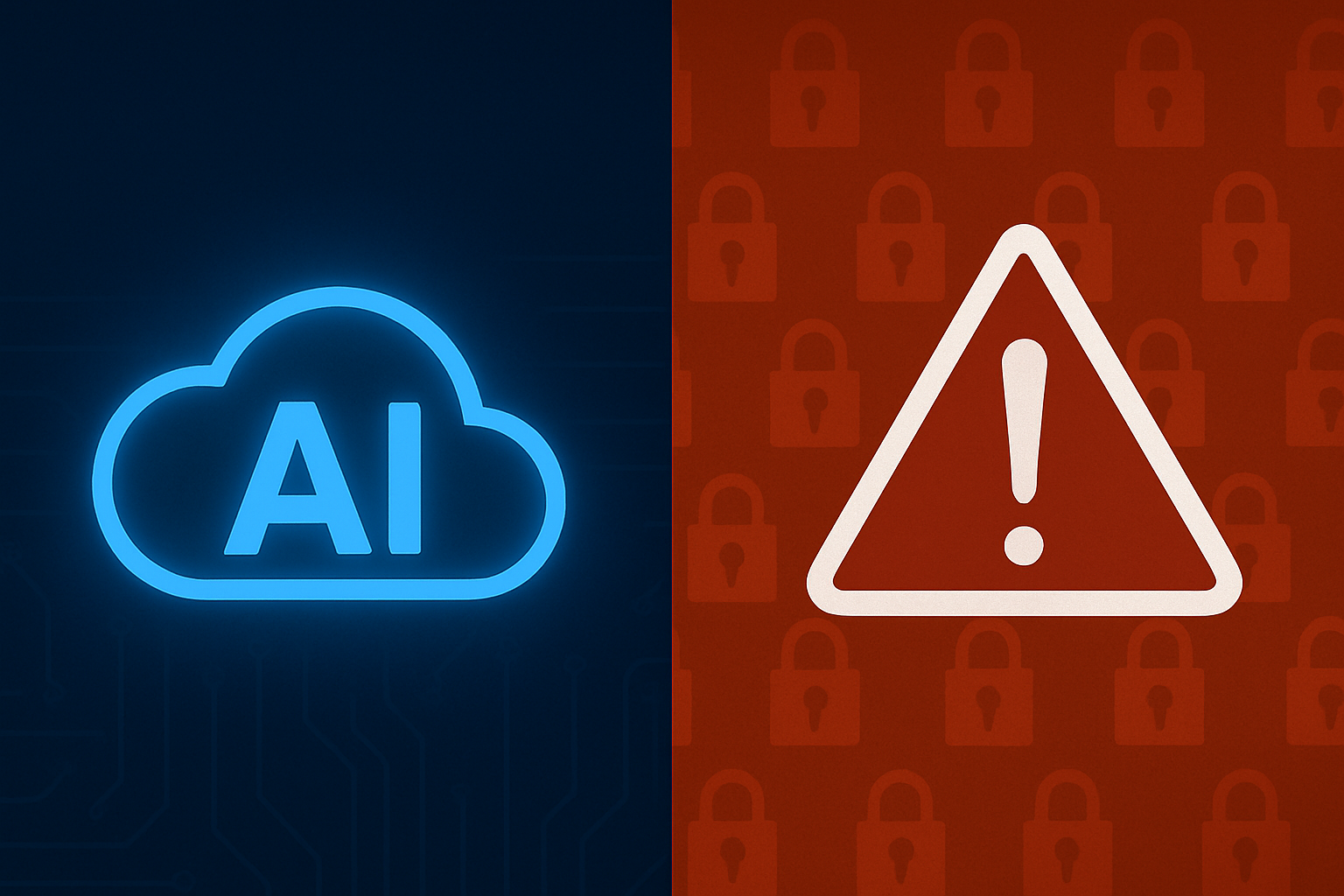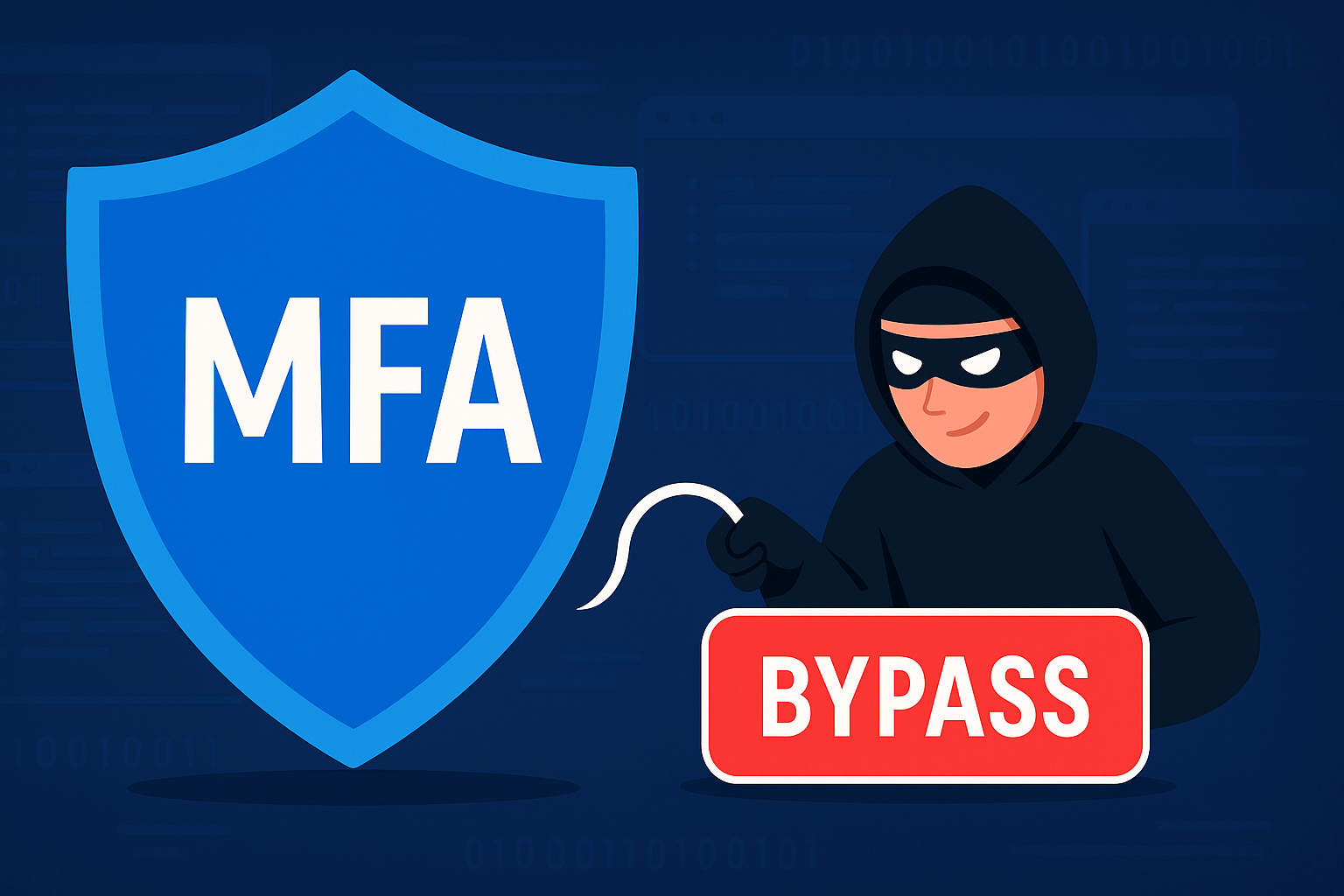Identity Threat Detection & Response (ITDR) Explained
What is ITDR?
Identity Threat Detection & Response (ITDR) is a cybersecurity discipline built to detect, investigate, and mitigate identity-based attacks in real time. It continuously monitors user activity, analyses access patterns, and responds to identity threats such as compromised credentials, privilege escalation, and lateral movement.
Unlike traditional security tools that focus primarily on endpoints or networks, ITDR adds that identity-specific visibility and enforcement layer designed to stop adversaries that exploit credentials or identity infrastructure.
Why ITDR is critical: the growing threat of identity-based attacks
Today’s cyberattack landscape has shifted. Identities are now the new battlefield. Consider:
- Attackers are using MFA-bypass techniques, stolen session cookies, credential stuffing, and other identity-centric tactics to breach organizations in minutes.
- The environment has grown more complex: cloud adoption, hybrid infrastructures, and remote work have expanded the identity attack surface.
- Even where traditional tools (IAM, PAM, EDR) exist, gaps remain because once an attacker is operating under valid credentials, many protections simply don’t trigger.
In short: if you’re managing email, customer data, or any access to systems, you are a target. As I often say: preventing identity compromise isn’t optional, it’s business insurance.
ITDR vs EDR (and where they work together)
While EDR (Endpoint Detection & Response) monitors devices, laptops, servers, workstations, ITDR focuses on the identities behind the access.
Here’s how they differ and overlap:
EDR
- Looks at endpoints for malware, exploits, device-based attacks
- Detects anomalies on machines, monitors system logs and network traffic
ITDR
- Monitors logins, access rights, privilege changes, identity behaviour across on-premises, cloud and hybrid identity stores
- Focuses on credential abuse, privilege misuse, lateral movement via identity pathways such as Microsoft 365.
Together
When EDR logs show suspicious activity on an endpoint, ITDR can help determine whether that activity originated from credential compromise or identity misuse. This combined view helps your security team understand not just the “what” but the “why” and “how” of the attack chain.
What to look for in an ITDR solution
When evaluating an ITDR platform or service, make sure it supports these key capabilities:
1. Continuous visibility
You need real-time insight into all identity-related activity: authentication attempts, privilege escalations, new service accounts, directory changes across on-premises and cloud. Behavioral analytics, machine learning and anomaly detection must play a part.
2. Proactive enforcement
Detection alone is not enough. Once suspicious identity behaviour is identified, you need options like: step-up authentication, session termination, account revocation, blocking lateral movement. Automated enforcement gives you response speed and containment.
3. Risk-based prioritization
Security teams are overwhelmed by alerts. The ITDR solution must help prioritize real threats over noise by correlating identity behavior with risk context such as user role, asset value, behavior baseline, environment.
How we at ABT bring ITDR to life
At ABT, we believe identity security is foundational. Here’s how we implement ITDR for our clients:
- We map the identity landscape: human users, service accounts, API keys, machine identities.
- We implement continuous monitoring across identity stores (on-premises directory, cloud IAM, hybrid accounts) to feed the direct identity telemetry.
- We overlay behavioural analytics and anomaly detection to identify high-risk identity events (e.g., unusual login time/location, privilege escalation after inactive period, access from untrusted devices).
- We integrate with incident response workflows to quickly isolate compromised identities, trigger MFA challenge, revoke access, and block lateral movement.
- We tie identity events into our broader security ecosystem (endpoint, network, SIEM) so we can trace the attack path: from compromised identity to endpoint to payload.
- We deliver actionable intelligence and playbooks so your internal team understands how to respond, adapt and evolve continually.
Getting started with ITDR: three steps to build your identity protection strategy
- Assess your identity attack surface
- Identify all identities in your environment: employee logins, privileged accounts, third-party/service accounts, machine identities. Evaluate where gaps exist: outdated credentials, stale service accounts, excessive privileges.
- Deploy continuous monitoring and detection
- Roll out identity-telemetry collection across all identity systems. Enable behavioural analytics, set baselines for normal identity activity, configure alerts for deviations (MFA bypass attempts, privilege creep, unusual access).
- Automate response and enforce least privilege
- Build workflows that trigger when identity threats are detected: isolate accounts, force password reset, require step-up authentication, audit privileges and revoke excess rights. Tie this into your turnaround playbooks and ensure your team knows their responsibilities.
Final Word
Identity is the newer control plane. If an attacker steals credentials, bypasses MFA, or elevates privileges, they can operate undetected and achieve devastating results. By adopting ITDR, backed by a trusted cybersecurity advisor, you don’t just “hope” for protection, you enforce it, with visibility, response and control.
If your organization isn’t sure where it stands with identity threat protection, let's talk.
You don’t have to navigate this alone.






